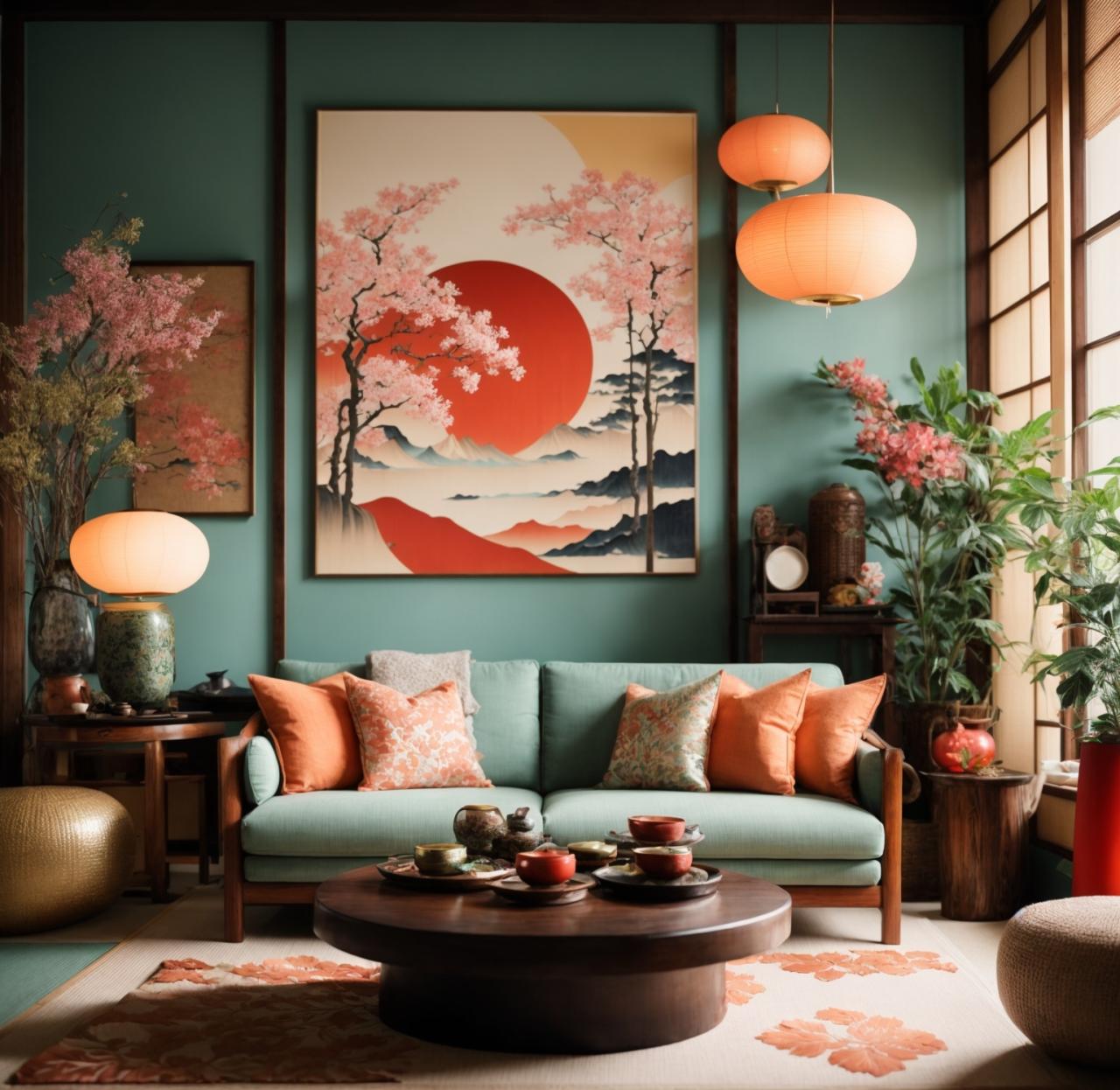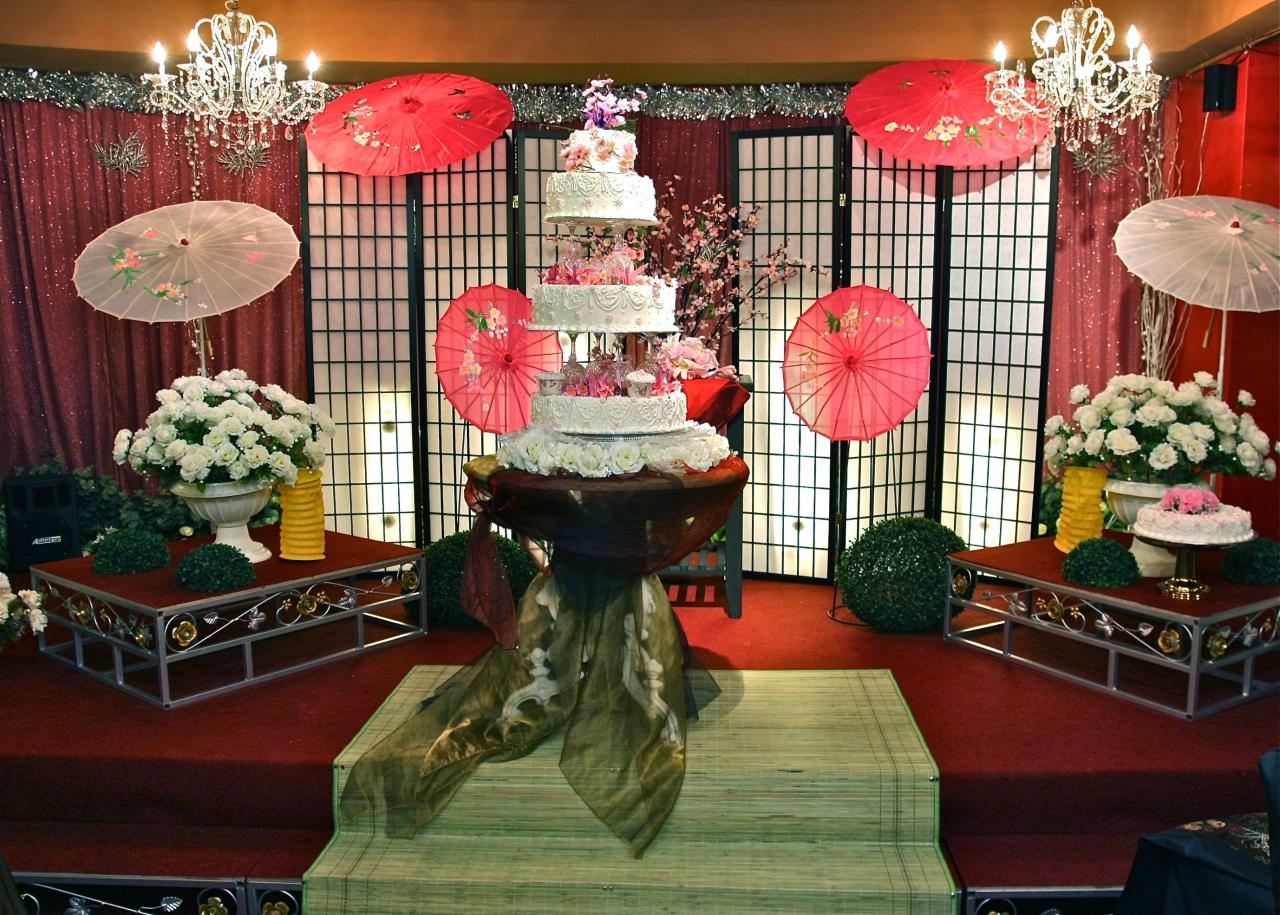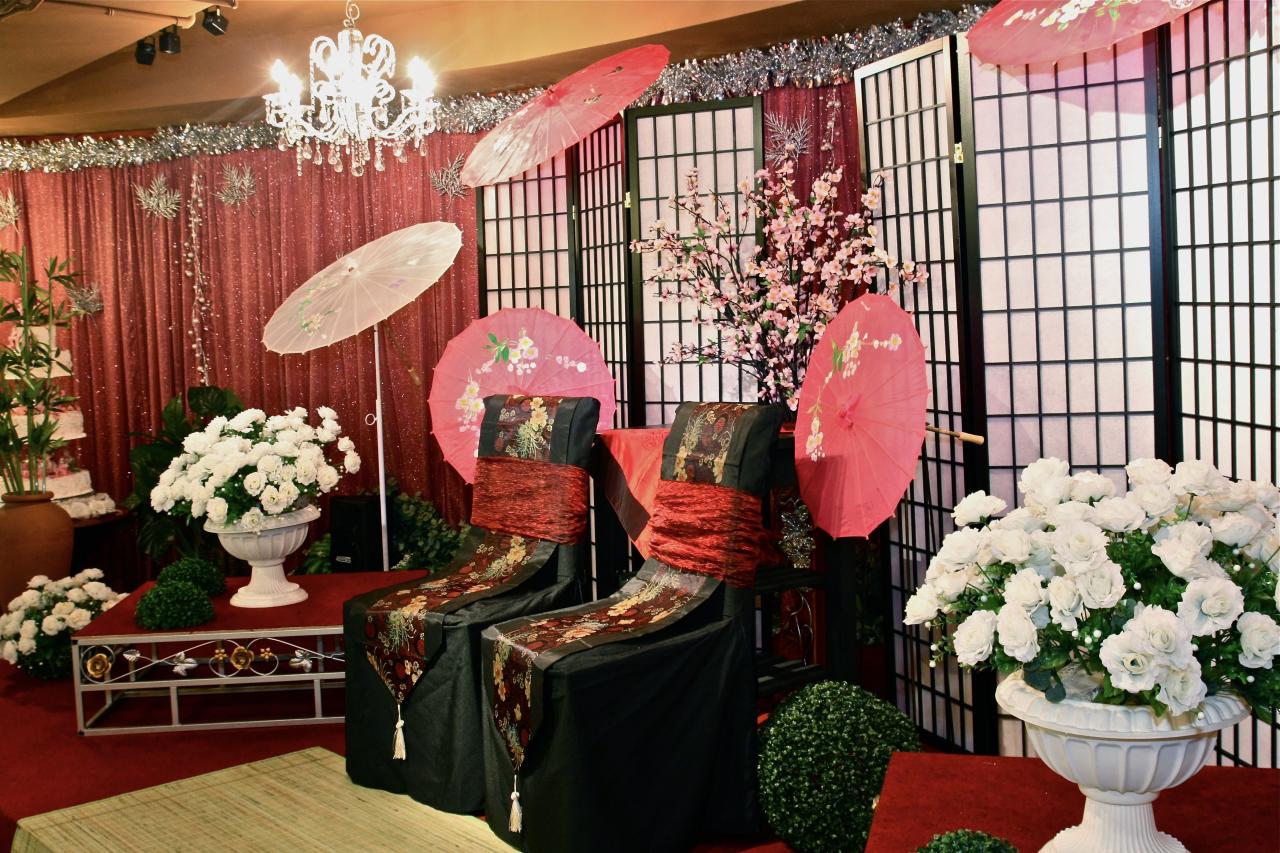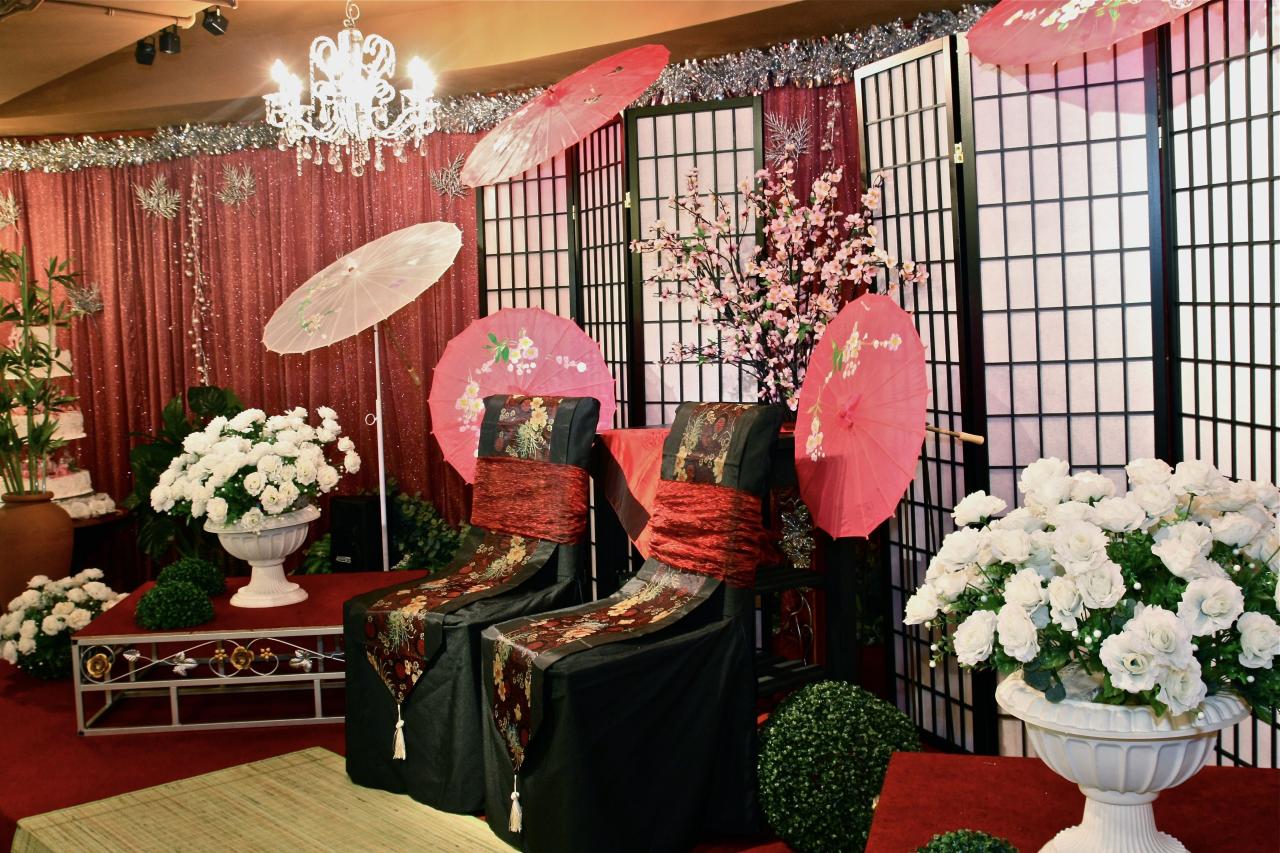Japanese decorations are a captivating blend of tradition, artistry, and cultural significance. From the delicate beauty of ikebana to the bold strokes of ukiyo-e prints, these adornments offer a glimpse into the rich tapestry of Japanese aesthetics.
Over the centuries, Japanese decorations have evolved to reflect the changing tastes and influences of society. Today, they encompass a wide spectrum of styles, from traditional to modern, minimalist to elaborate. Their versatility allows them to seamlessly complement any interior design, creating spaces that exude tranquility, harmony, and elegance.
Japanese Decorations as Art Forms

Japanese decorations hold significant artistic value, reflecting the country’s rich aesthetics and cultural heritage. They are not merely embellishments but rather expressions of creativity and artistry, often recognized as works of art in their own right.
Japanese Aesthetics in Decorations
Japanese decorations embody the principles of Japanese aesthetics, known as “wabi-sabi,” which emphasizes simplicity, asymmetry, and the beauty of imperfection. They often incorporate natural elements, such as wood, bamboo, and flowers, to create a sense of harmony with nature.
Examples of Recognized Art Forms
Many traditional Japanese decorations have been recognized as works of art, including:
- Ikebana (flower arrangement):Ikebana is a highly stylized art form that arranges flowers and foliage in a vase or container to create a visually pleasing composition.
- Origami (paper folding):Origami involves folding paper into intricate shapes, often representing animals, plants, or other objects. It is both a decorative art and a form of mental exercise.
- Ukiyo-e (woodblock prints):Ukiyo-e prints depict scenes from everyday life, nature, and folklore. They are renowned for their vibrant colors and exquisite detail.
Japanese Decorations in Global Contexts

Japanese decorations have transcended the boundaries of Japan, captivating audiences worldwide. Their exquisite designs, intricate craftsmanship, and cultural significance have influenced various aspects of global aesthetics.
The spread of Japanese decorations can be attributed to several factors, including cultural exchange, trade, and tourism. As Japan opened its doors to the world, its decorative arts found their way into international markets, particularly in Europe and North America.
Western designers were captivated by the unique aesthetics of Japanese decorations, incorporating elements such as asymmetry, simplicity, and natural motifs into their own designs.
Adaptation and Integration, Japanese decorations
In their journey across cultures, Japanese decorations have undergone adaptation and integration, reflecting the diverse artistic traditions they encountered. For example, in Europe, Japanese decorations were often combined with Western styles, resulting in a fusion of East and West. In the United States, Japanese decorations were embraced by the Arts and Crafts movement, influencing the design of furniture, ceramics, and textiles.
Popular Japanese Decorations Globally
- Origami:The art of paper folding has become a global phenomenon, with enthusiasts from all walks of life creating intricate and beautiful objects from a single sheet of paper.
- Ikebana:The Japanese art of flower arrangement has gained immense popularity worldwide, admired for its simplicity, elegance, and symbolic meaning.
- Kimono:The traditional Japanese garment has become a fashion statement in many countries, with designers reinterpreting its iconic designs and fabrics.
The global reach of Japanese decorations is a testament to their enduring appeal and adaptability. They have enriched global aesthetics, fostering cross-cultural understanding and appreciation for the beauty and artistry of Japan.
Conclusive Thoughts

Japanese decorations are not merely ornaments but expressions of a deep-rooted cultural heritage. They embody the Japanese reverence for nature, their appreciation for simplicity, and their pursuit of harmony in all aspects of life. Whether adorning a home, celebrating a special occasion, or gracing a museum display, Japanese decorations continue to captivate and inspire, bridging the gap between tradition and modernity.
Quick FAQs
What is the significance of Japanese decorations?
Japanese decorations are not merely aesthetic embellishments but hold cultural and spiritual significance. They reflect Japanese values such as harmony, balance, and respect for nature.
How have Japanese decorations influenced popular culture?
Japanese decorations have left an indelible mark on popular culture, particularly in anime, manga, and video games. Iconic characters and environments often incorporate traditional Japanese decorative elements, showcasing their enduring appeal and global recognition.
Can I make my own Japanese decorations?
Yes, many traditional and modern Japanese decorations can be crafted with readily available materials. With patience and practice, you can create your own unique pieces that add a touch of Japanese flair to your home or special occasions.

